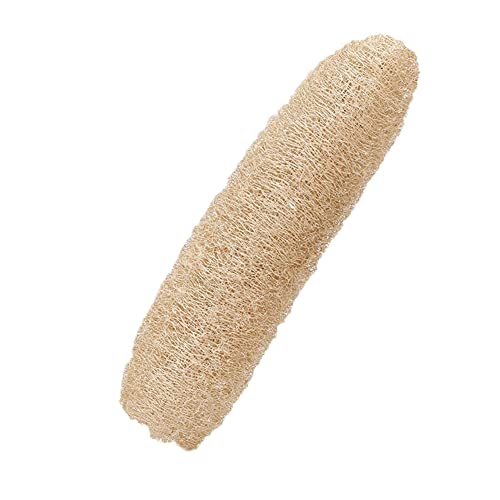Chris34
Well-known member
- Messages
- 1,808
- Location
- Stockport, Cheshire
Thanks for looking into that. I've never bothered looking into it but I have thought in the past that the controller settings that everyone states they use will probably be a different flow depending on how it's all calibrated. I've no clue about any of it but common sense tells me that there must be more to it and it's like comparing Apples to Oranges.Just had a look and spec says 4.5 lpm (max) for the pump on the nano trolley. So real world I would guess it's more like 2.5lpm, maybe a little less. I guess that's why you can run at 100% flow and still get over 15mins from a barrel.
I think sometimes we don't know what kit people are working with and they all have different spec so people will run very different numbers on their controllers.
I might take a look at it over the weekend as I've had it for 3 years now and have never checked any of it. For all I know one of the pipes might be slightly blocked.
























